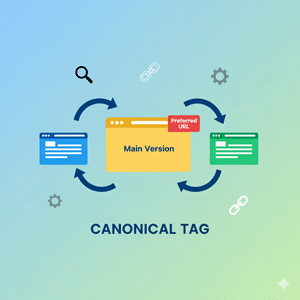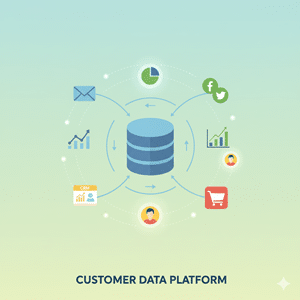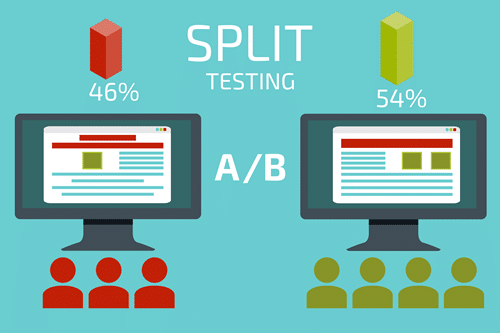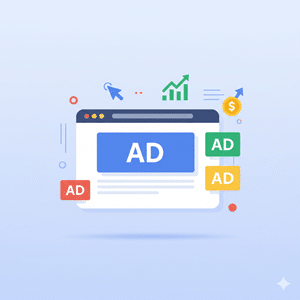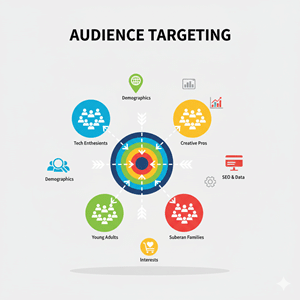What is an Attribution Window?
An attribution window refers to the specific timeframe in which a conversion is linked to a marketing action, like a click, ad impression, or email open. When a user finalizes a conversion, such as making a purchase, during this period, the initial marketing touchpoint receives the credit.
It establishes the timeframe for which user actions are deemed significant to the ultimate conversion.
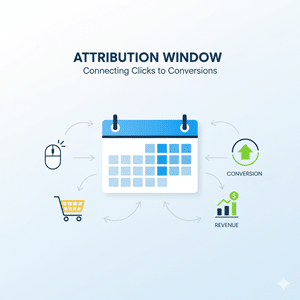
Why Attribution Windows Matter in Marketing
- They influence your evaluation of campaign effectiveness.
- Your calculations for return on ad spend (ROAS) are impacted by their influence.
- A limited timeframe might underestimate the importance of top-of-funnel channels.
- A prolonged window might exaggerate the impact of earlier interactions.
Your attribution window fundamentally influences your understanding of which campaigns yield results.
Common Attribution Window Types
1. Click-Through Window
Monitors the conversions that occur within a specific timeframe following a user’s click on an advertisement or link.Typical default: 7 or 30 days (varies by platform).
2. View-Through Window
Conversions of credits to users who viewed an ad without clicking and subsequently made a conversion.Often shorter: 1 to 7 days.
3. Custom Windows
Certain platforms allow you to configure timeframes such as 1, 7, 14, 30, or 90 days, tailored to your product lifecycle and sales cycle.
Platform-Specific Examples
- Google Ads: Default 30-day click-through, customizable up to 90 days.
- Meta (Facebook/Instagram): 7-day click and 1-day view default, now customizable.
- GA4: By default, it utilizes a 30-day window for most events while also accommodating various comparison models.
How SEO Agency Boston Tailors Attribution Windows
At SEO Agency Boston, we assist you in selecting or tailoring attribution windows according to:
- Your sales cycle (impulse vs. considered purchases)
- Customer journey length
- Channel type (email, search, social, video)
- Conversion behavior and time lags
We perform A/B tests and analyze lookback window comparisons to determine which setting provides the most transparent insights. Our aim is to assess what truly counts, rather than merely what is easy to track.
Best Practices for Using Attribution Windows
- Coordinate the timing of your product or service decisions with the window of opportunity.
- Avoid a uniform approach across different channels.
- Analyze the impact of window length on CPA and ROAS
- Think about analyzing 7-day and 30-day reports to assess their effects.
- Adapt during seasonal promotions or extended purchasing processes.
Related Terms
- Attribution Model
- Conversion Lag
- Google Ads Attribution
- View-Through Conversions
- ROAS (Return on Ad Spend)
Common FAQs About Attribution Windows
There isn’t a one-size-fits-all guideline. For dynamic online retail, a timeframe of 7–14 days could be effective. For B2B or high-value products, a timeframe of 30 to 90 days might be more precise.
Negative. Every advertising platform comes with its unique settings and features. Consistently evaluate and adjust according to your objectives.
Definitely. A reduced timeframe could give the impression that a campaign is underperforming, particularly for those who take their time to make a purchase.

Track the Right Time. Optimize the Right Channel.
Grasping your attribution window helps you accurately assign credit at the right time, avoiding premature or delayed recognition. Allow SEO Agency Boston to assist you in establishing attribution logic that accurately represents the genuine worth of your campaigns.

